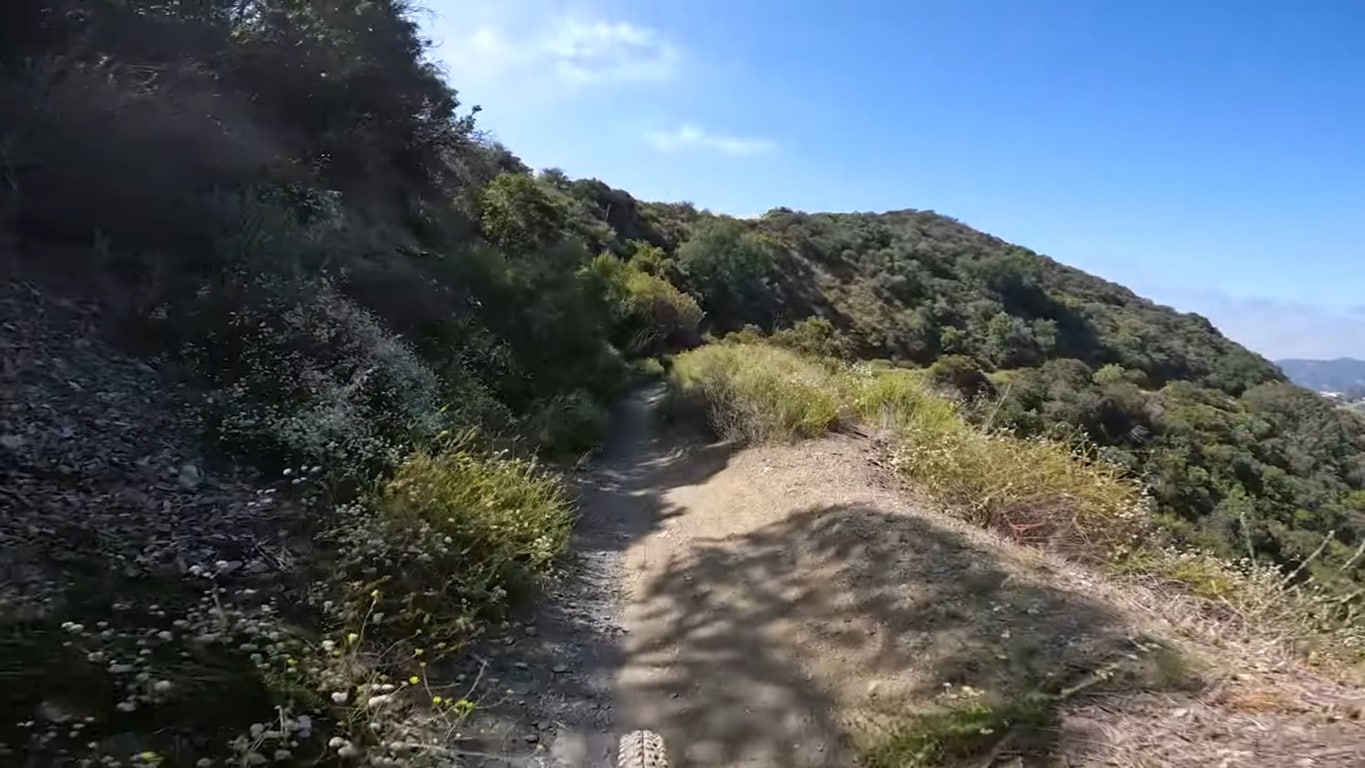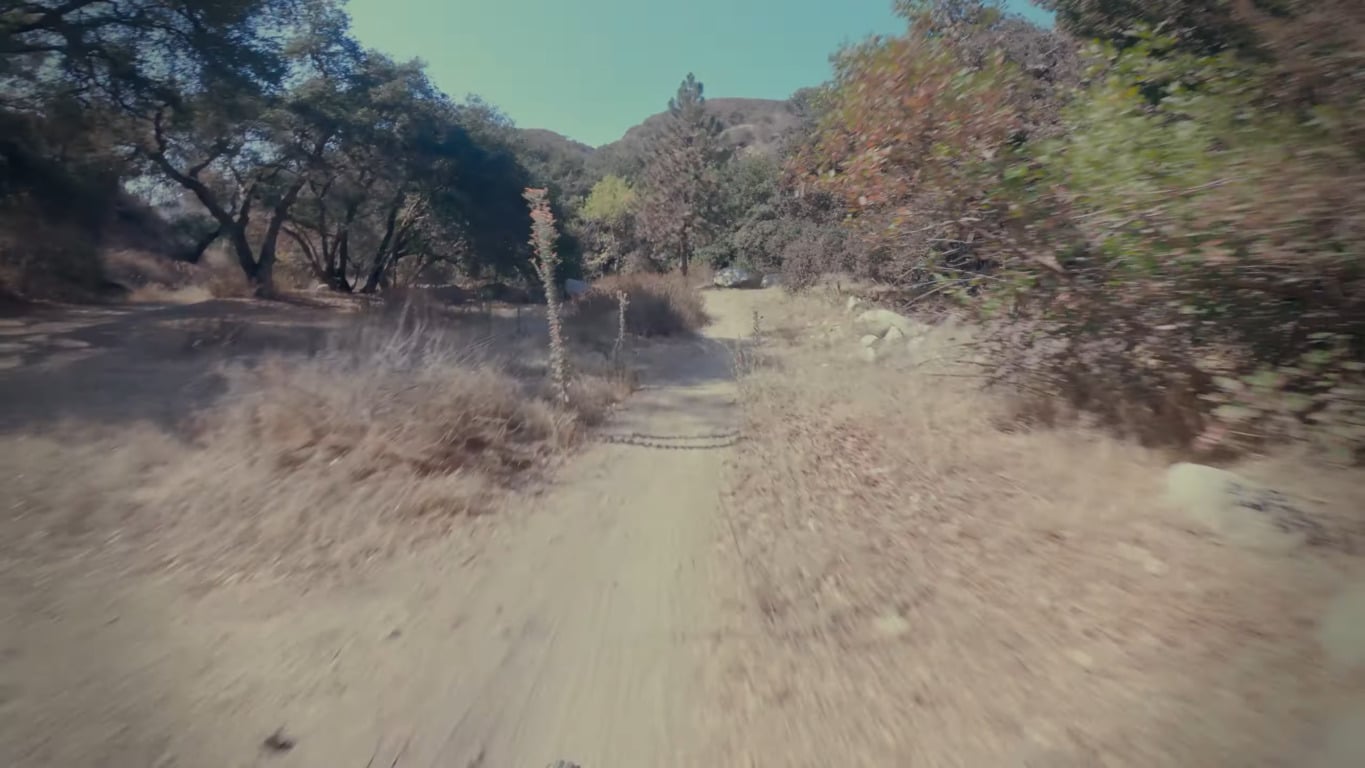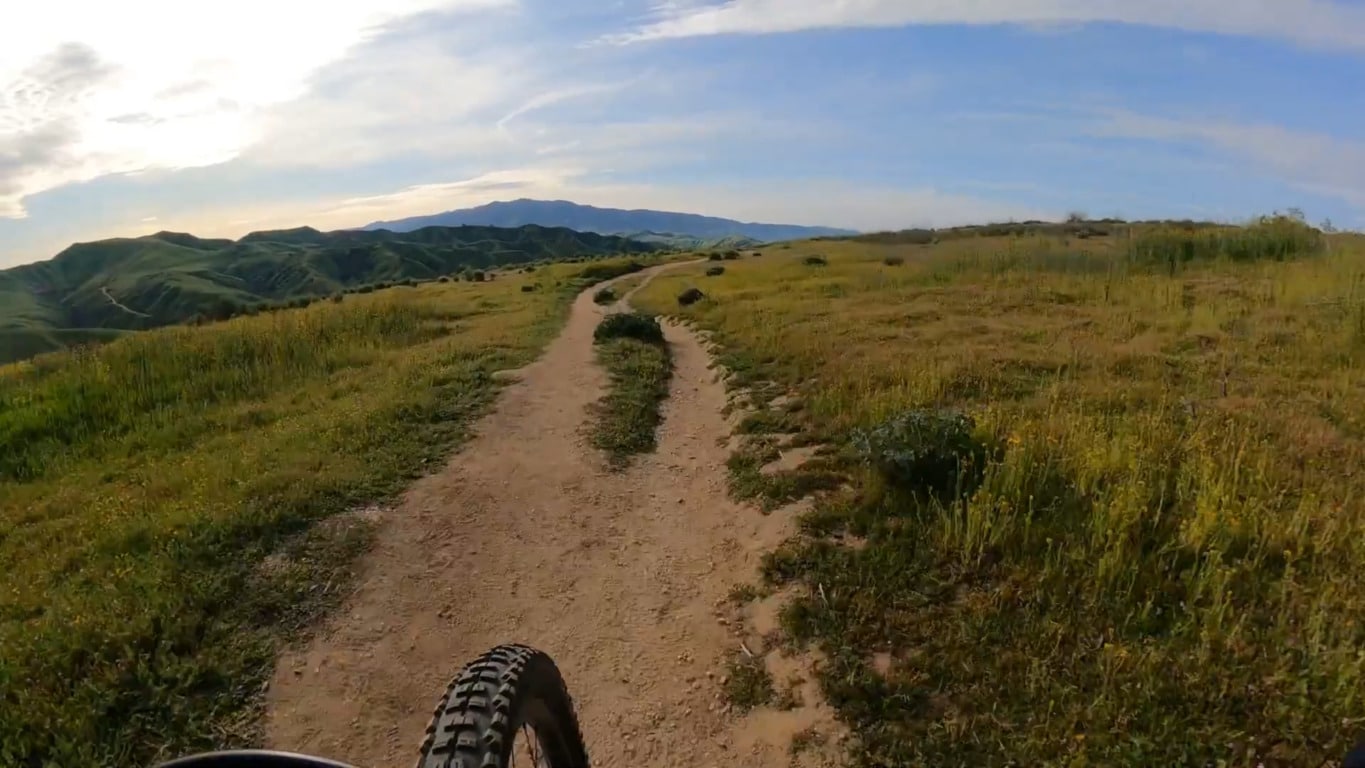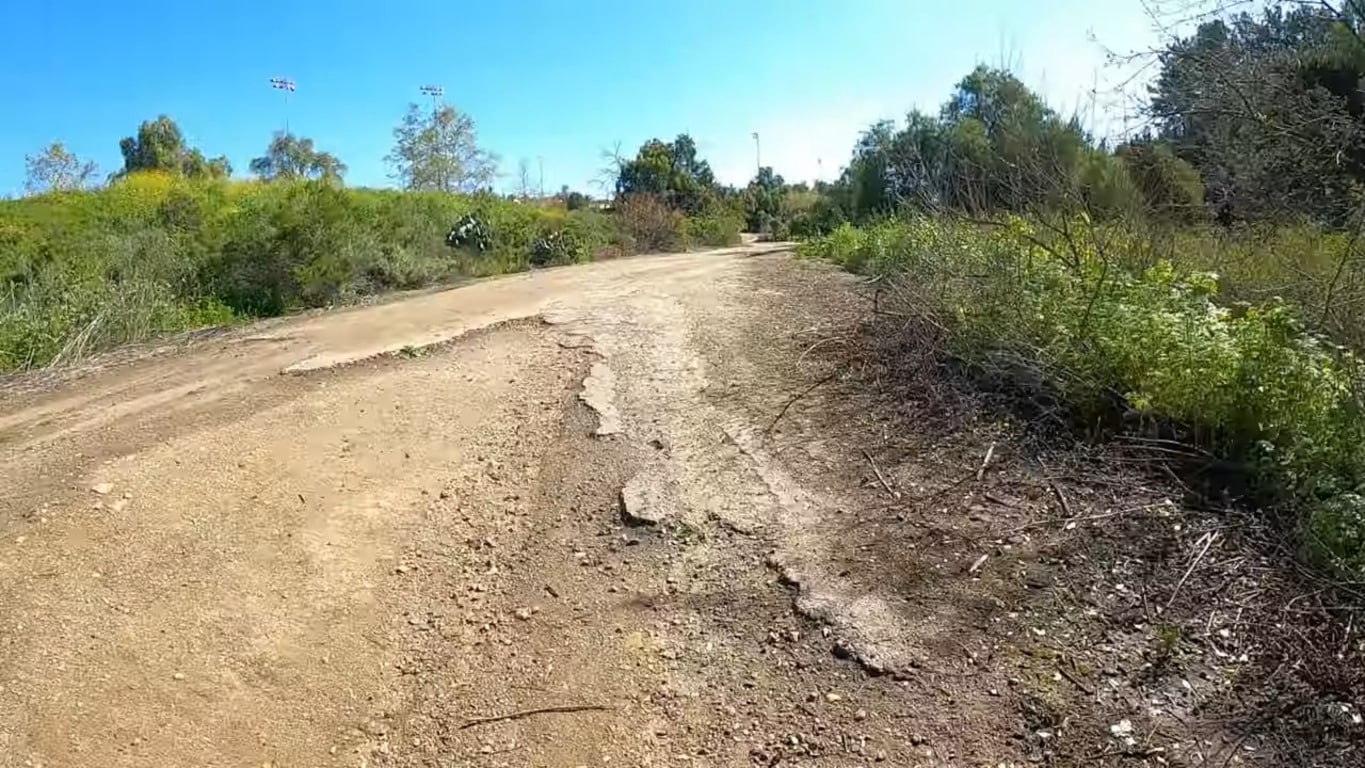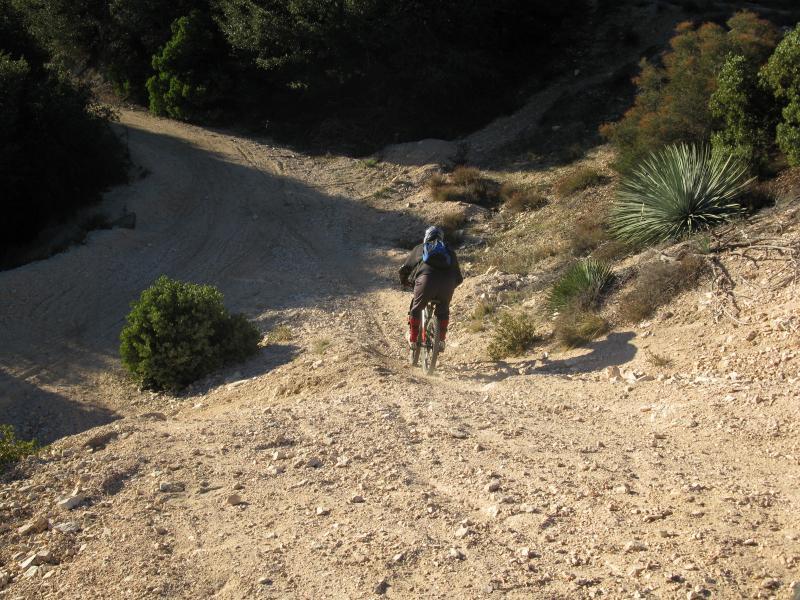Los Angeles, California: Area Description
As mentioned above, the area in and around Los Angeles is quite varied, and we’ve summarized most of what you should expect when you get there below.
Geography of Los Angeles
On the south end of Los Angeles, there are plenty of beaches, with most of the area being low and near the sea level. There is hardly any greenery here, especially along Long Beach, which should make for easy flat areas to ride your bike.
As you would expect, the sandy surface here is also not great for mountain bikes, with fat bikes being more suited to the terrain.
The geography changes drastically on the north side of Los Angeles, where you get the Angeles National Forest. Here there are mountains, with the highest point being over 10,000 feet above sea level. As such, there are plenty of climbs for anyone looking for something technical.
At the San Gabriel Mountains on the northeast end of Los Angeles County, for instance, there are dozens of hills and mountains to satisfy any mountain biker. They range from Echo Mountain, with its peak at 3,207 ft, to Mt. Baden Powel, which goes as high as 9,399 ft.
However, in the immediate vicinity of the city of Los Angeles, the highest point is about half that at 5,075 ft above sea level. Ultimately, the northern end of Los Angeles is a lot greener than the south end, with plenty of woods. There are also a few inland valleys as well as a coastal plain.
Some of the trails combine fire roads with singletracks. Also, you’re bound to encounter some rock gardens while exploring the area around the city on your mountain bike.
| Land area (sq. mi; sq. km) |
501.55 sq mi (1,299.01 km2) |
| Minimum Elevation |
0 ft (0 m) |
| Maximum Elevation |
5,075 ft (1,576 m) |
Demographics of Los Angeles
About 66.8% of the population of Los Angeles sits in the 18–65-year range, with the median age being 35.9 years. Out of the 264 neighborhoods in the city, Watts, Vernon, Bell Gardens, East Compton, etc., have the youngest populations, with the median age being 21-22.
The more affluent neighborhoods, e.g., Bel-Air, Rolling Hills, Century City, Bradbury, etc., have their median age in the high 40s.
The people in LA take their health and fitness very seriously, with the city being among the four healthiest in the country. There are various types of gyms, e.g., powerlifting, UFC, gymnastics, mixed martial arts, CrossFit, etc.
Only about 120,000 of the total population are cyclists. This is understandable, given how dangerous the city is for cyclists.
Naturally, mountain bikers don’t need to worry about traffic and dangerous streets since the MTB trails are typically well outside the city limits.
| Total population |
3,898,747 (2020) |
| Population density (persons per sq. km) |
8,304.22/sq mi (3,206.29/km2) |
Climate of Los Angeles
Los Angeles typically gets just under 15 inches of rain annually. Most of the rain comes in November, December, and January, although there will still be plenty of sun even in these winter months.
The rest of the year is mostly sunny, with the temperatures varying from mild to warm. You can visit the city to explore the trails at any time of the year. However, if you visit between November and April, you’ll have to stay on top of the weather forecast even days before so you don’t get caught up in the rain while exploring the mountains.
May, June, and October are the perfect times to visit since you avoid the rain, and the temperatures remain mild, so you can ride at any time of the day.
It has only snowed in the area four times since 2000, so snow shouldn’t be a concern.
Average Temperature by Months
| Month |
Temperature |
| January |
57°F |
| February |
58°F |
| March |
60°F |
| April |
62°F |
| May |
65°F |
| June |
68°F |
| July |
72°F |
| August |
73°F |
| September |
72°F |
| October |
67°F |
| November |
61°F |
| December |
56°F |
Infrastructure
While there are plenty of roads in and around the city of Los Angeles that should be great for cyclists, most of them aren’t in good condition. This makes them dangerous to use for commutes on a bike.
Los Angeles even has a reputation for being bad for cyclists, with plenty of bike riders involved in accidents over the years. This applies mostly to cyclists who ride within the city limits.
As for mountain bikers, you can carry your bike into the Metro buses and trails but only if there is space, making it difficult to use public transport to get to or from a trail during rush hour.
When it comes to the MTB trails, they seem well maintained, and, in some cases, they will be closed after a rainstorm to keep them from being damaged.
Hotels are a dime a dozen for mountain bikers visiting LA from out of town. Some of the best hotels include the Lexen Hotel, Holiday Inn Express in North Hollywood, Freehand Los Angeles, Los Angeles Marriott, etc.
These hotels can be found on the north side of Los Angeles, where you’ll have easy access to some trails.
Sights and Landmarks in Los Angeles
Most of the sights in Los Angeles are within the city limits, so you won’t see them while on the trails. However, Hollywood Hills and the Hollywood sign are some things you can see while riding your mountain bike.
FAQ about Trails in Los Angeles
What is the longest mountain bike trail in Los Angeles?
The Sullivan Fire Road to Backbone Trail Loop is one of the longest trails around Los Angeles, being about 15 miles long. It goes through rolling hills with plenty of beautiful views for you to take in. You’ll see a lot of flowers, art, and rocks as you go through the stretches of Singletrack.
There should also be a few creek crossings on the trail.
Is Los Angeles a good place for cycling?
The weather in LA is great almost all year round, so it should be great for mountain bikers who pack their gear into their cars to head to the trails. However, the roads in the city are in deplorable conditions, which makes them dangerous for cyclists to use their bikes for commuting.
Are there any bike rentals in Los Angeles?
There are plenty of bike rentals in the city, with some even offering delivery so you can leave yours at home if you’re only visiting for a short stay.

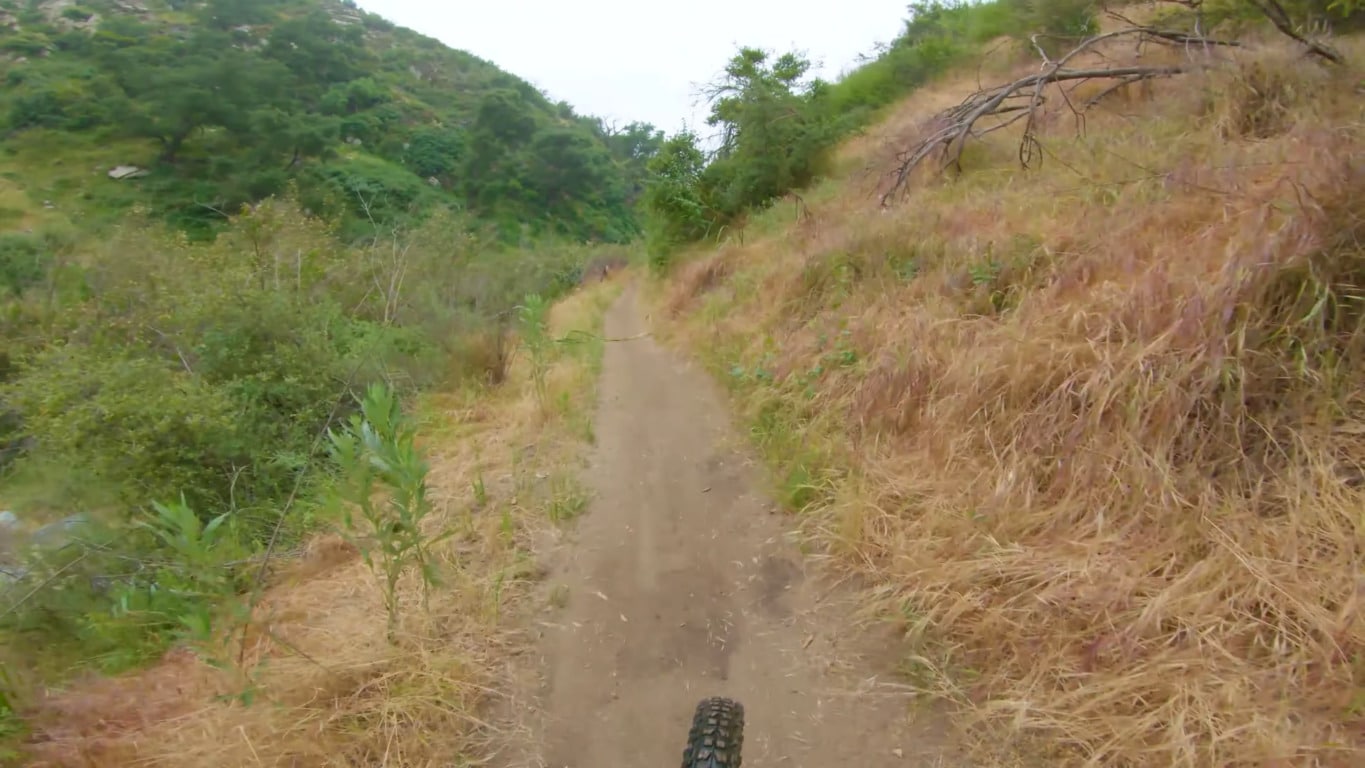
 8.32 mi
8.32 mi
